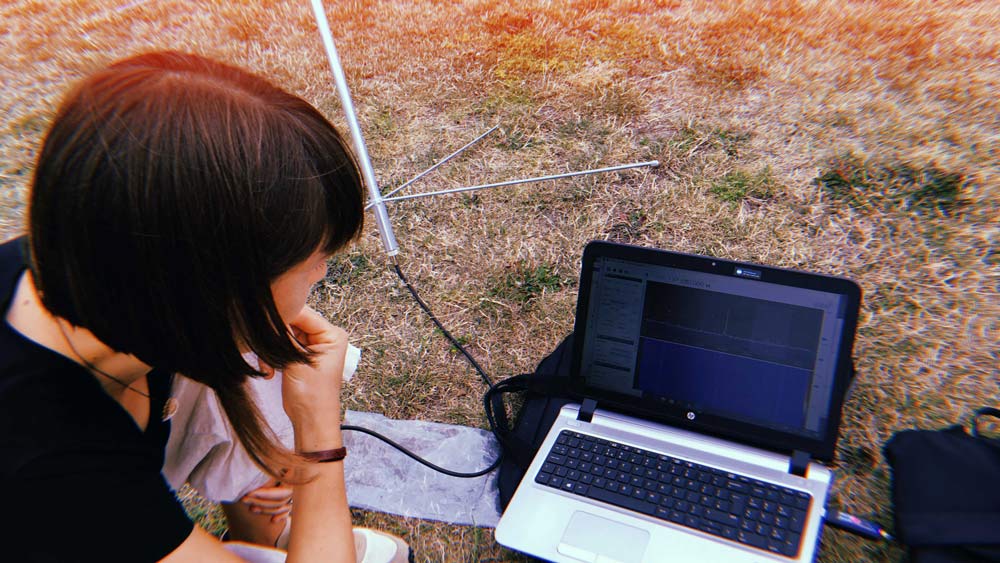Imaging the Milky Way in Neutral Hydrogen with an RTL-SDR Part 2
Last month we shared information about Job Geheniau's success with using an RTL-SDR dongle to image our galaxy in neutral Hydrogen. Our galaxy is full of neutral Hydrogen, and lots of neutral Hydrogen together results in a detectable radio peak at 1.42 GHz. This peak is called the Hydrogen line. By scanning the galaxy at the Hydrogen line frequency with a 1.5 meter dish on a motorized mount, an RTL-SDR, and a few filters and LNAs, Job is able to create a radio image of our galaxy.
In Job's previous attempt he created an image by pointing the dish antenna at 168 predefined grids calculated to cover the Milky Way, resulting in 168 points of exposure data. In his latest work Job has created an even higher resolution image by taking 903 points of exposure data. Each exposure took 150s and the total 903 exposures took 8 nights to record. Once all data was collected he uses the same process as before, which is to input all the Hydrogen line data into a standard 2D excel sheet, then use conditional formatting to create a heatmap which reveals the image. He then applies a blur and stretches the image into the Mollweide Cartographic which can represent the entire Universe in one image.
Job has shared with us his PDF where he documented his process and shares his images (note 16 MB PDF file). We also share his full resolution images below, just click to open. We think that these images are quite amazing and an excellent achievement for a backyard radio astronomer.
 |
 |
 |
 |
 |
 |
If you're interested in Hydrogen line radio astronomy we have a tutorial that will help you observe the Hydrogen line peak on a budget. The tutorial could be improved upon by motorizing the dish, allowing you to create images like the ones above. You might also be interested in a similar project by Marcus Leech who took 5 months of hydrogen line observations with an RTL-SDR in order to create an even higher resolution image.
